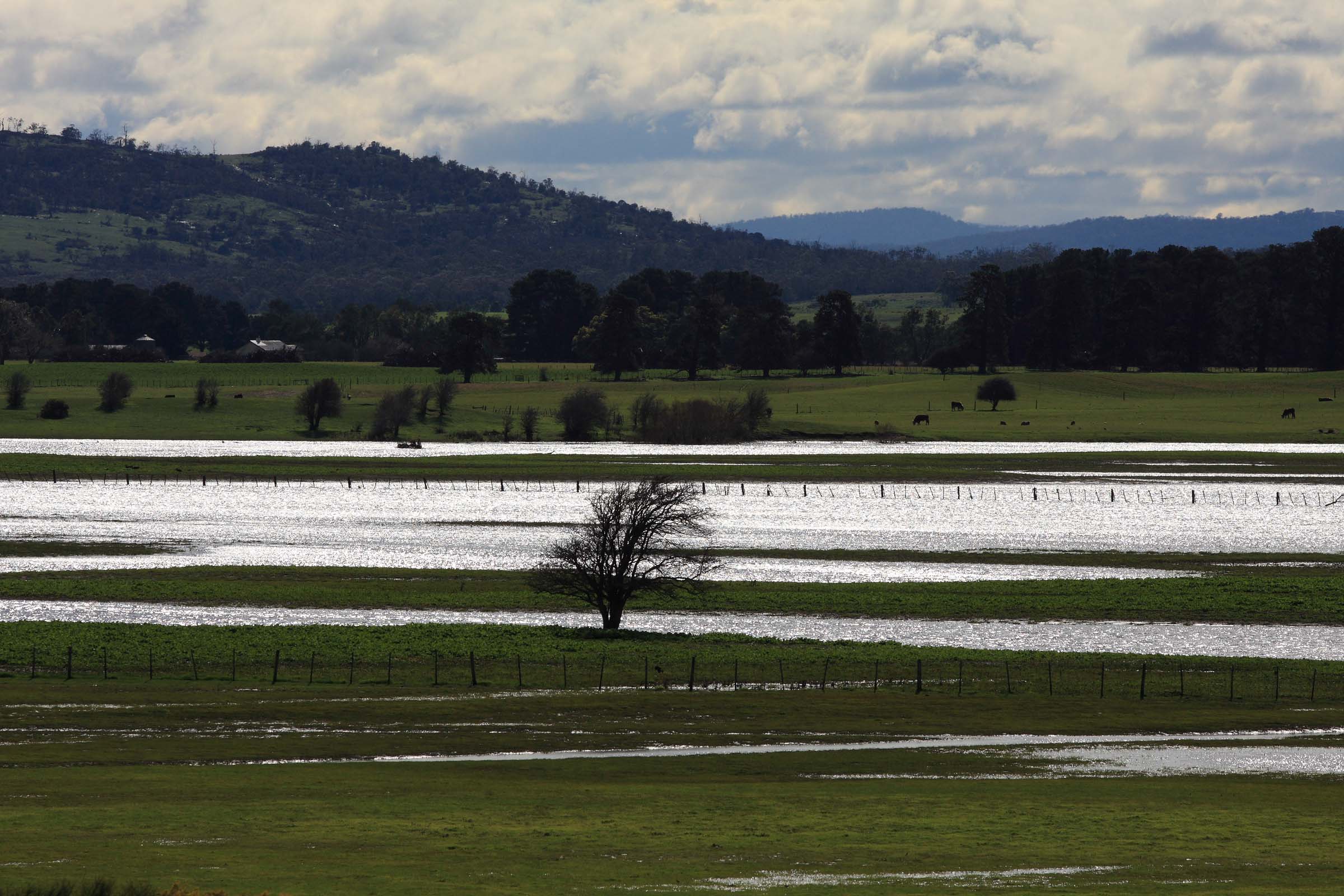

Screening Tool: Naturalised Plants
We developed a screening tool in which naturalised species were rated as having low, medium or high potential for population establishment and expansion now and in the future. The rating is a way of evaluating which species should undergo further assessment for weed risk potential. We applied this tool to the naturalised species to assess the likelihood for population establishment and expansion in the future.
We applied a points-based scoring system using five critical attributes (described below) to assign each naturalised species to one of three threat levels.
| Attribute | Description |
|---|---|
| Gridded observations per 100,000 km2 | The number of 8 km x 8 km grid cells with recorded species presence standardised to observations per unit area. |
| Habitat suitability of observations | The average habitat suitability where the recorded observations occur under the current and future scenario(s). |
| Area of suitable habitat | The area (km2) of the region where habitat suitability is above or equal to a base threshold under the current and future scenario(s). The base threshold is the threshold at which the fixed sensitivity of 90% is reached, meaning that 90% of the observations are included in the suitable habitat while the area is minimised (also called a 10% omission rate). |
| Area of highly suitable habitat | The area (km2) of the region where habitat suitability is greater than or equal to the fixed logistic probability value of 0.5. |
| Minimum distance | The smallest distance (km) between the recorded observations and the location of highly suitable habitat under the current and future scenario(s). |
Points-based scoring system
The data (on an individual state/territory basis) for each of the 5 attributes described above was divided based on the following quantiles: 0.05, 0.25, 0.75, and 0.95. This resulted in the data being grouped into five bins (0-0.05, 0.05-0.25, 0.25-0.75, 0.75-0.95, and 0.95-1). Each species was assigned a score of 2, 4, 6, 8 or 10 points for each of the 5 attributes based on the quantile into which it fell. Each attribute had an equal weighting of 10 points. The points were summed for each species to give a total score out of 50. Species were placed into threat categories of low, medium and high based on the following scale:
| Likelihood scale (points) | Potential for population establishment and expansion |
|---|---|
| ≤ 24 | Low |
| 25 - 41 | Medium |
| ≥ 42 | High |
While designation of any point score is arbitrary in absolute terms, it is the relative score that is of importance. Further, by designating a set of clear, transparent rules to assign points, such an assessment can be updated rapidly, given new information. As such, this preliminary assessment provides a framework for improved ongoing evaluation as more information becomes available.
Screening Tool: Invasive Plants
For the plants identified as invasive, we developed a method of classifying species into three classes to reflect their modelled response to climate scenarios under RCP 8.5 in 2065 compared to current climate at the National level. Class 1 species have an increase in both the area of suitable habitat (greater than 7,500 km2) and an increase in the average habitat suitability of observations (greater than 5%). Class 2 species have an increase in either the area of suitable habitat or the overall habitat suitability and for Class 3 species, the area of suitable habitat and the habitat suitability are projected to decrease or remain the same.